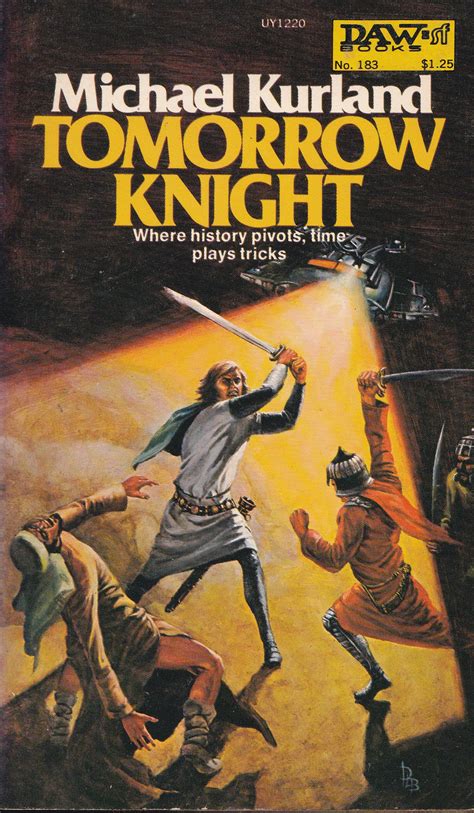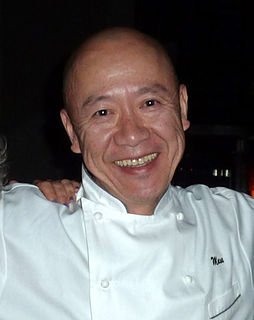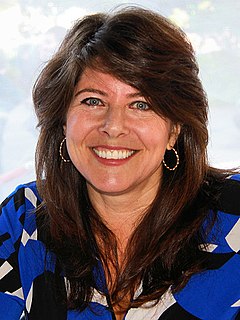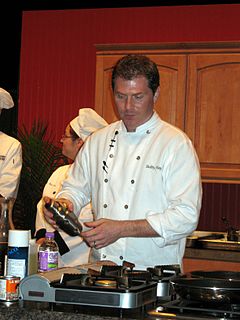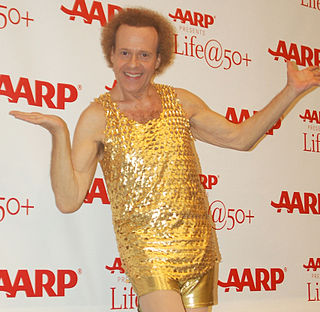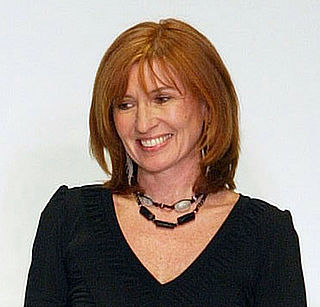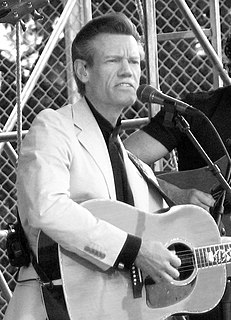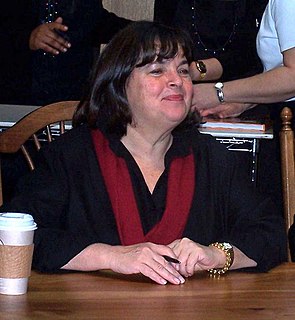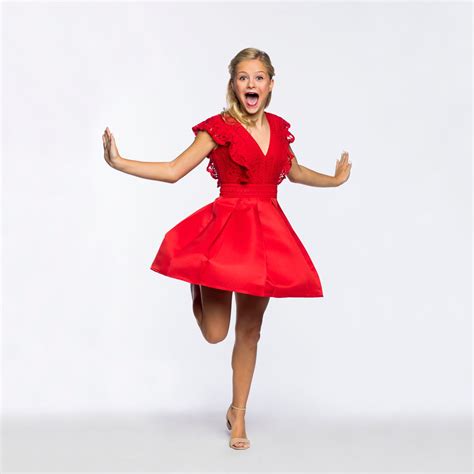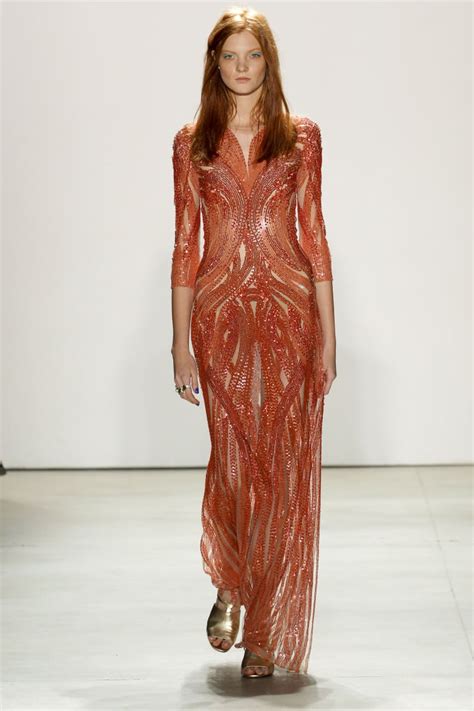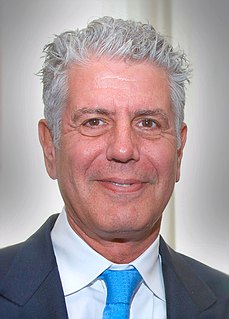A Quote by Michael Kurland
Dimly lit restaurants always make me think they're trying to hide the food.
Related Quotes
My job the same as carpenter. What kind of house you want to build? What kind of food you want to make? You think your ingredients, your structure. Simple. [Other] Japanese restaurants … mix in some other style of food and call it influence, right? I don't like that. … In Japanese sushi restaurants, a lot of sushi chefs talk too much. 'This fish from there,' 'This very expensive.' Same thing, start singing. And a lot have that fish case in front of them, cannot see what chef do. I'm not going to hide anything, right?
The one thing I always talk about in terms of restaurants is consistency. I think that's what we love about the vodka, is that it's consistent. It's consistent in its pureness and that's how I tie it to restaurants. When I think of a good restaurant, it's where the food has been consistent; there's always a consistency.
Stop trying to find something in food that will make you feel better. I used to have eating disorders; I'd binge and purge all the time: fried oysters, po' boys, muffulettas, beignets, coffee and doughnuts. I tried to medicate myself with food when people made fun of me or hit me with a bat in school. I'd always turn to food.
My subject matter was a genuine sort of experience that came out of my life, particularly the American world in which I was privileged to be . . . . I would really think of the bakery counters, of the way the counter was lit, where the pies were placed, but I wanted just a piece of the experience. From when I worked in restaurants . . . [it was] always poetic to me.
Stop trying to find something in food that will make you feel better. I used to have eating disorders; I'd binge and purge all the time: fried oysters, po' boys, muffulettas, beignets, coffee and doughnuts. I tried to medicate myself with food when people made fun of me or hit me with a bat in school. I'd always turn to food. Knowing what I now know, I'd turn to me.
Between food and fashion, there's always a direct correlations - designers have forever done prints with food on them. Vegetables, fruit, apples. There are some beautiful prints that have been made with fruit over time. I think food and restaurants have become more and more fashionable over time. That's become more of a fashion thing than fashion becoming a food thing. I don't think fashion has gotten so food oriented in the reverse aspect, but I think the whole food industry has gotten very design oriented. I think it's a nice way of putting things together.
I think there are two ways of eating, or cooking. One is restaurant food and one is home food. I believe that people have started making food that is easy that you want to eat at home. When you go out to a restaurant, you want to be challenged, you want to taste something new, you want to be excited. But when you eat at home, you want something that's delicious and comforting. I've always liked that kind of food - and frankly, that's also what I want to eat when I go out to restaurants, but maybe that's me.
Nobody is going to buy one of our dresses because it will do, or as something to hide away in their wardrobe and wear at some dimly undetermined point. They always have an event of some kind in mind. They want to walk in the room and for everybody to think how amazing they look. That's the job, really.
Bad food is made without pride, by cooks who have no pride, and no love. Bad food is made by chefs who are indifferent, or who are trying to be everything to everybody, who are trying to please everyone. Bad food is fake food, food that shows fear and lack of confidence in people's ability to discern or to make decisions about their lives.
